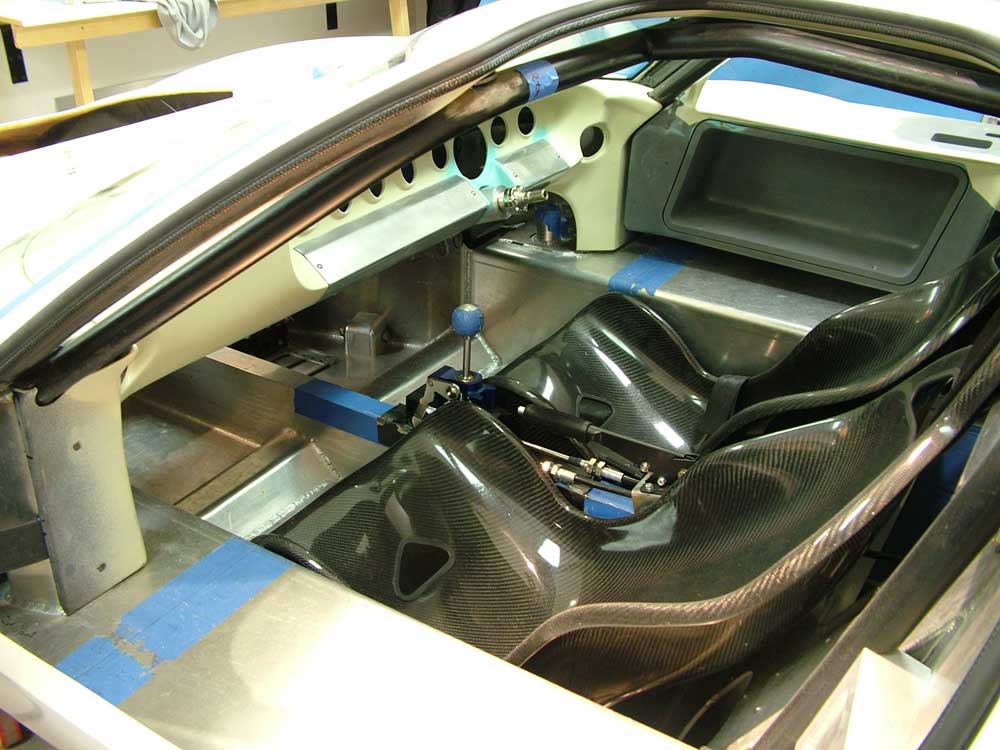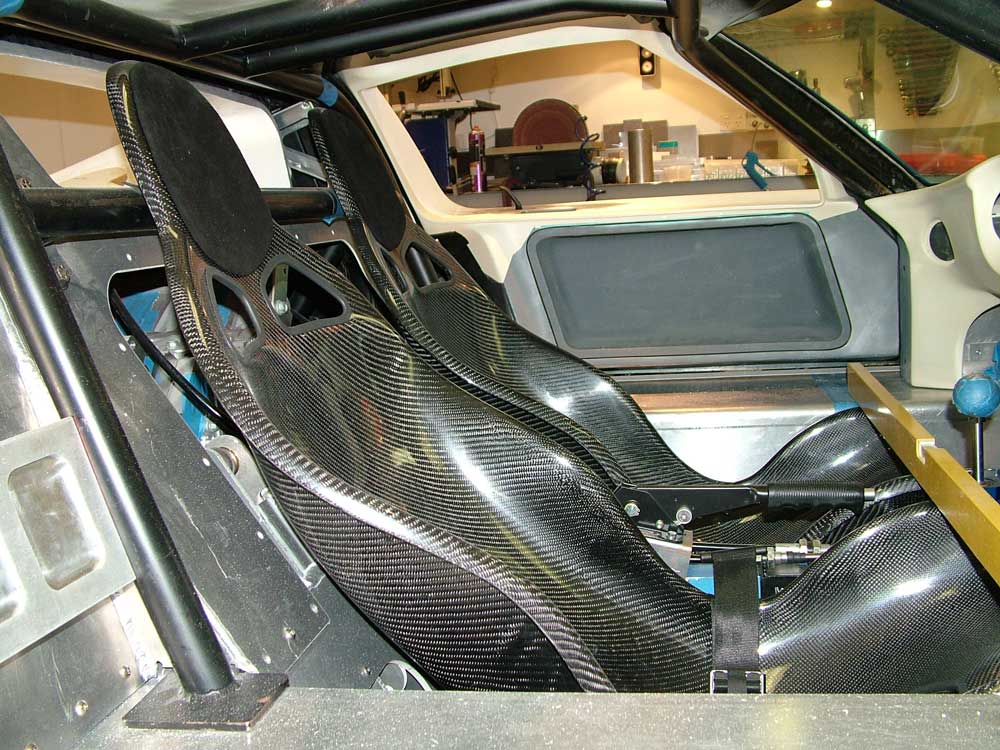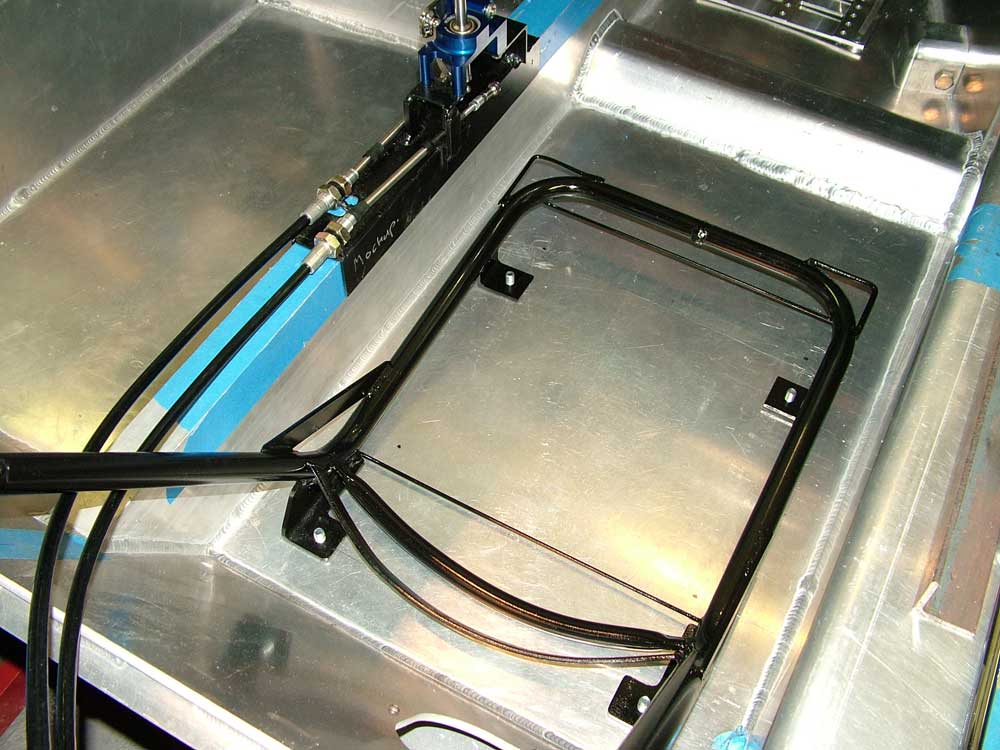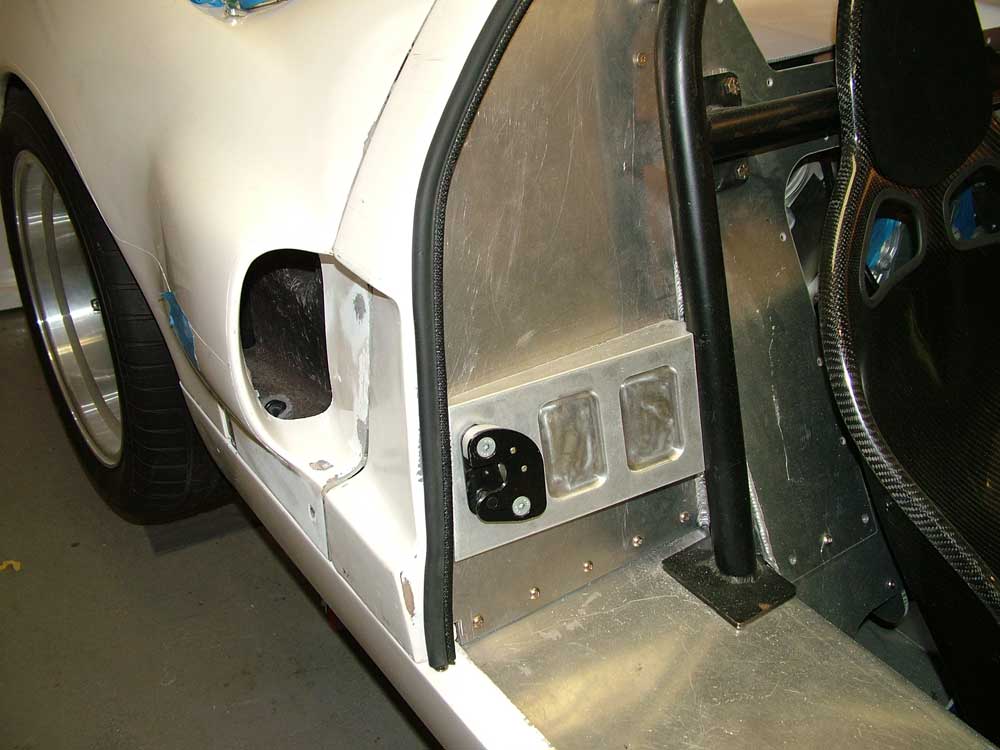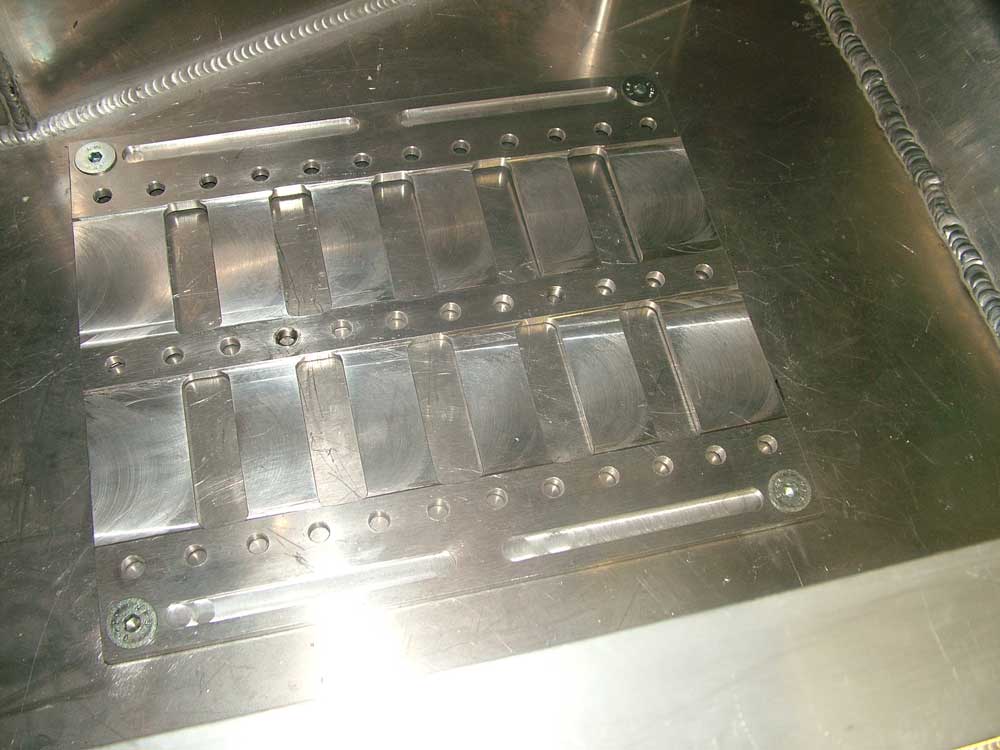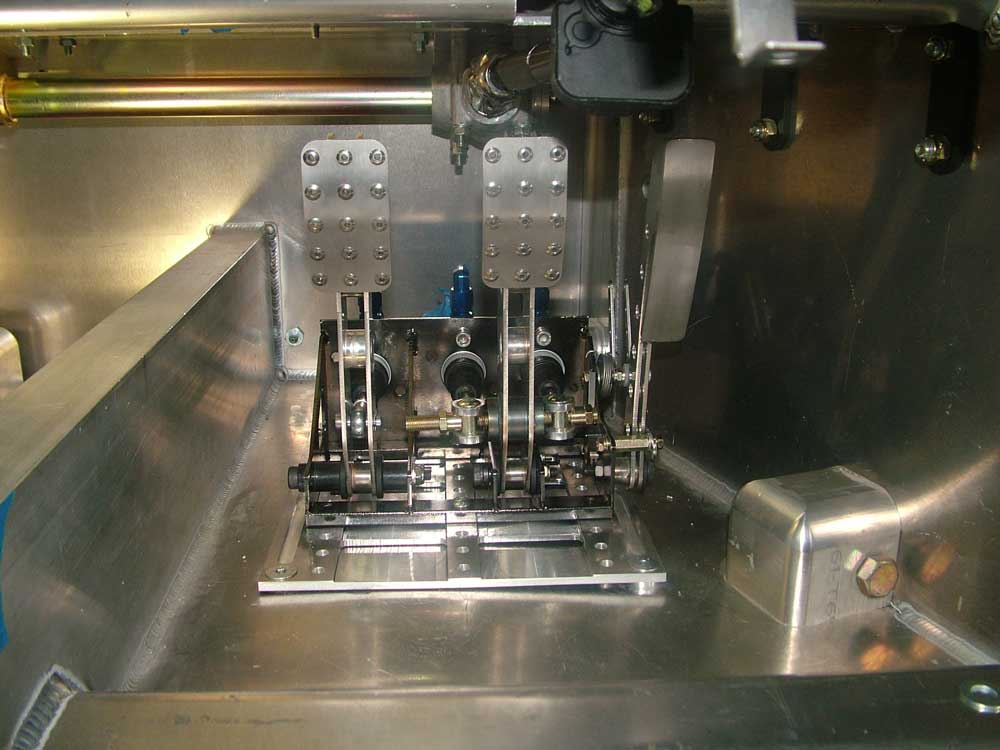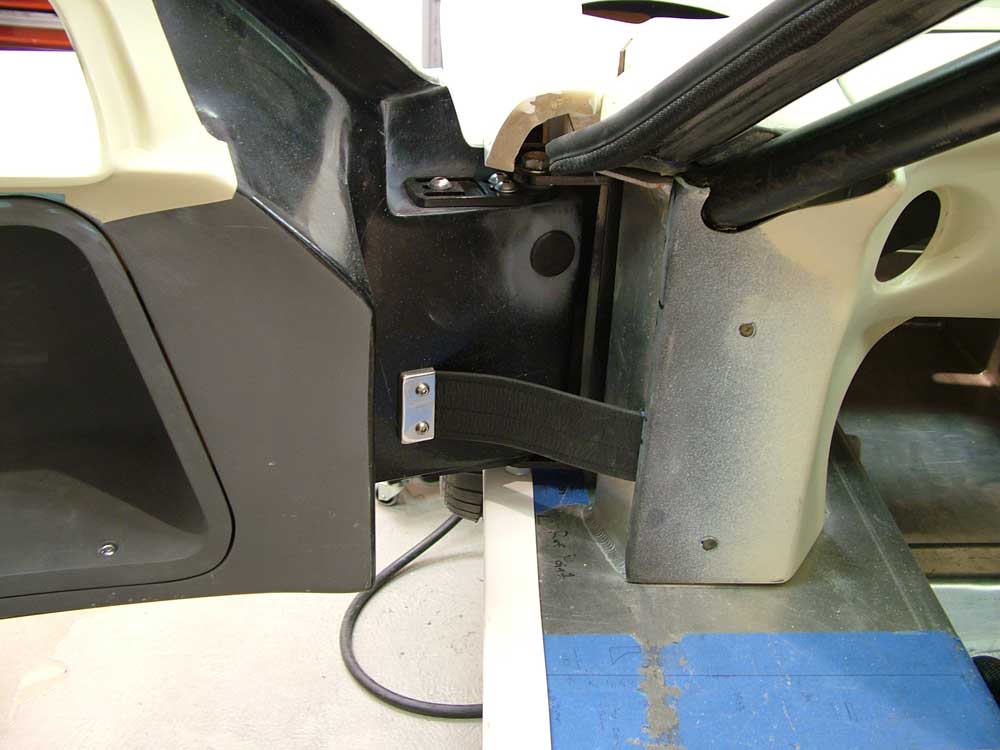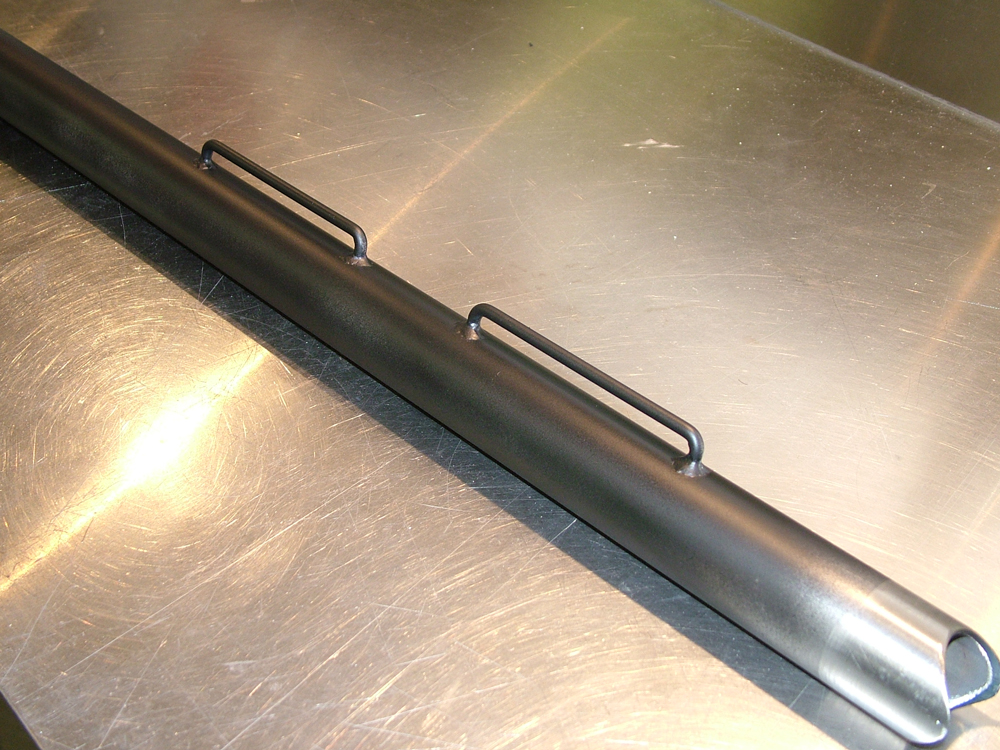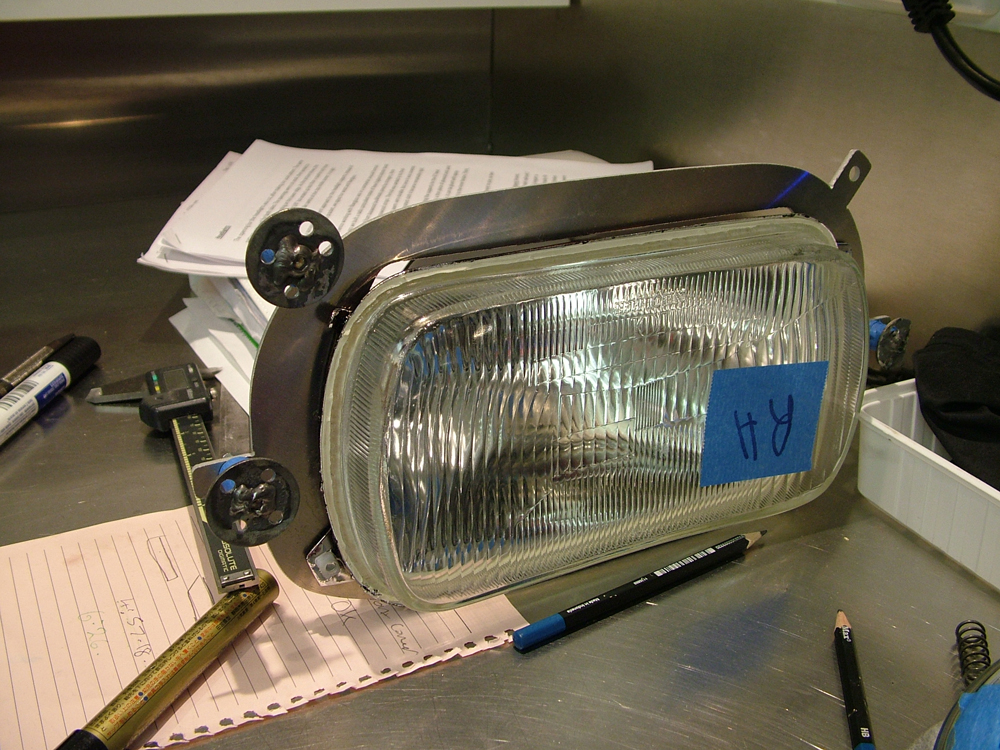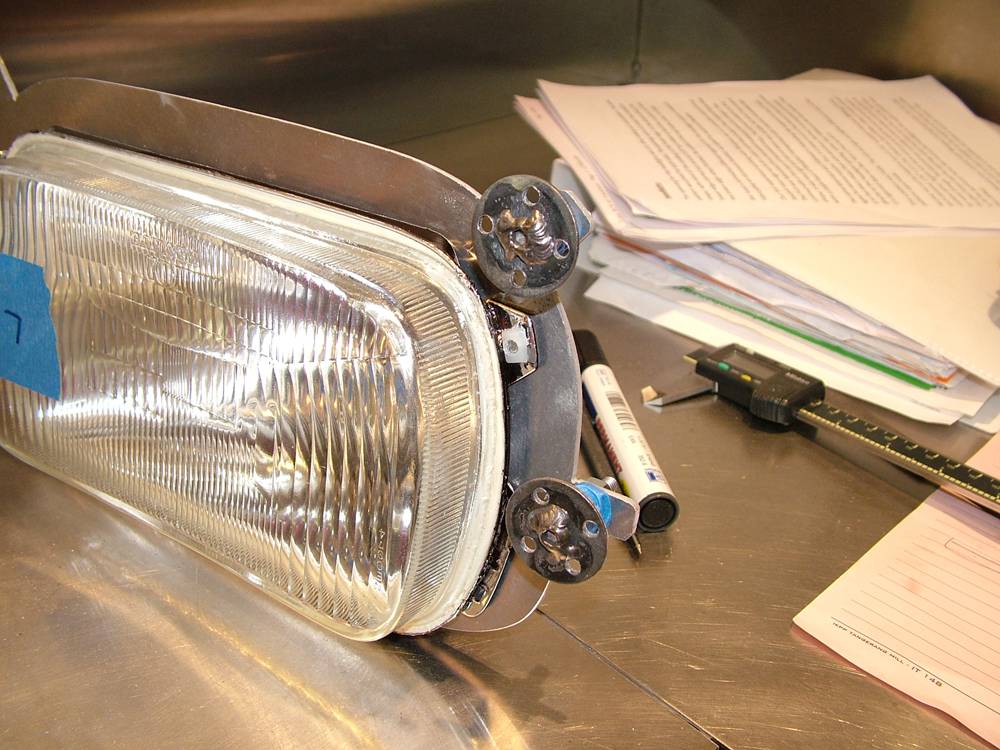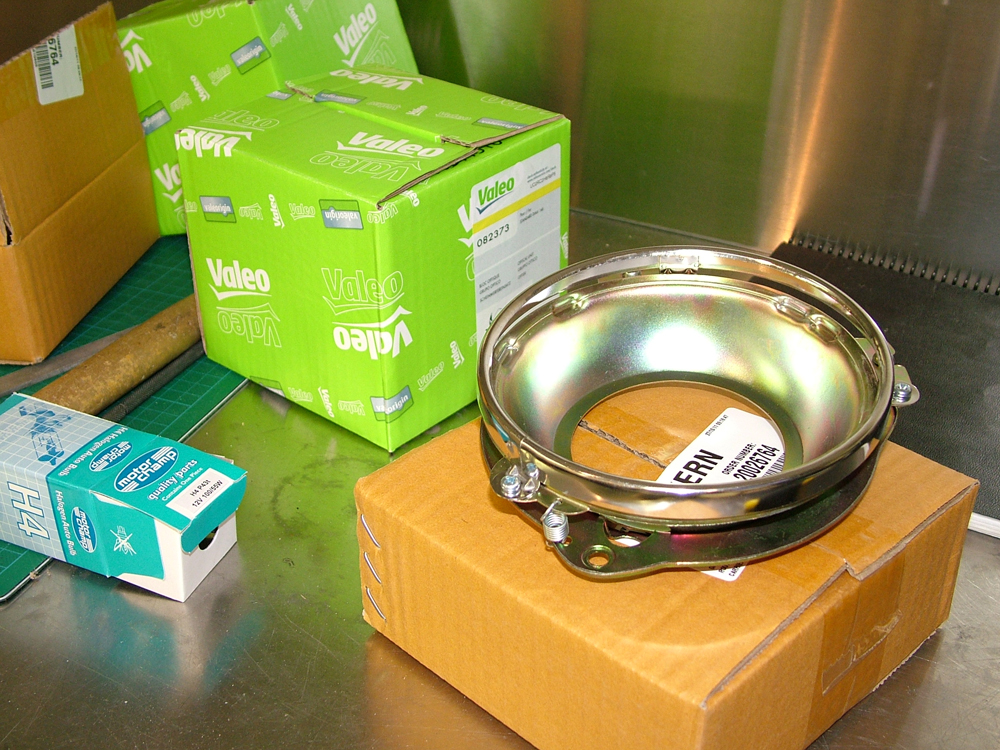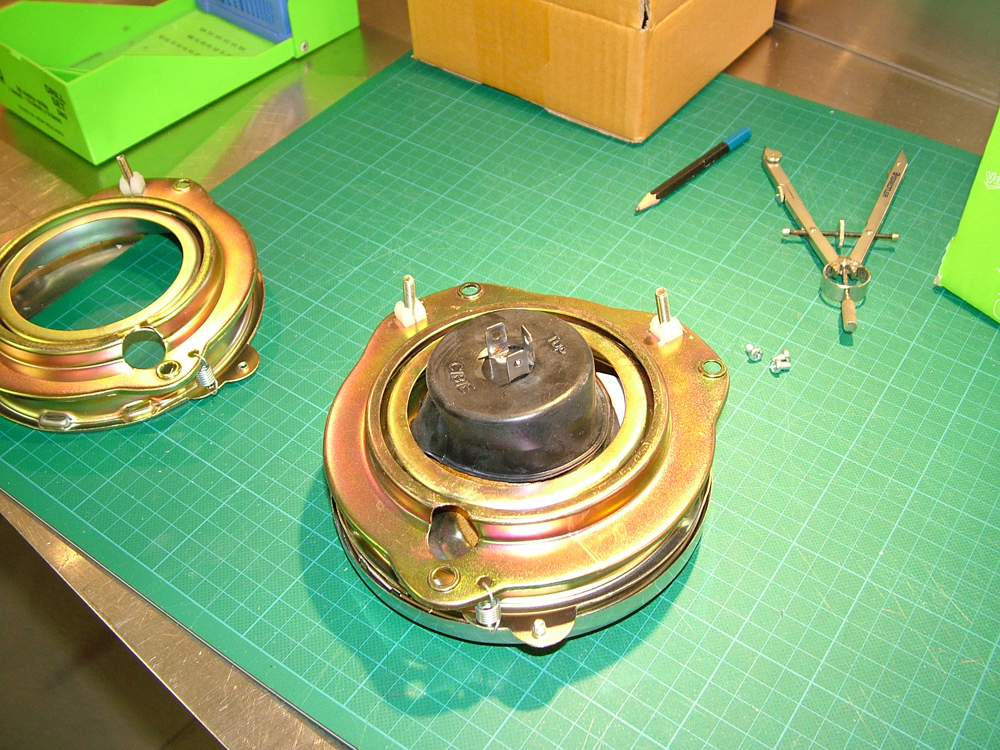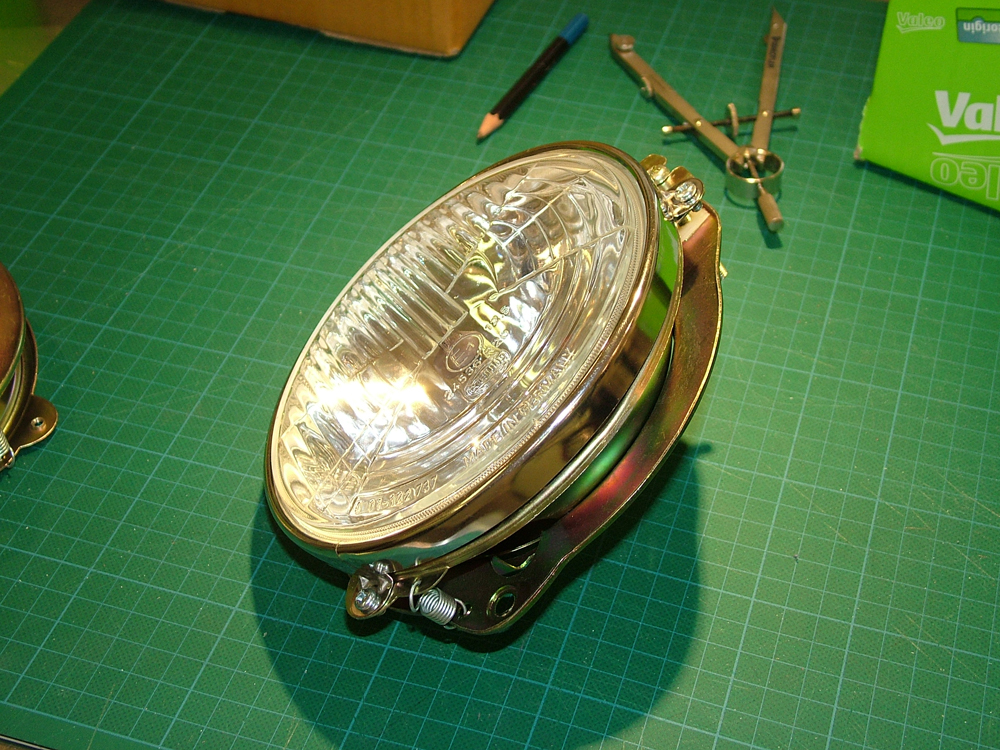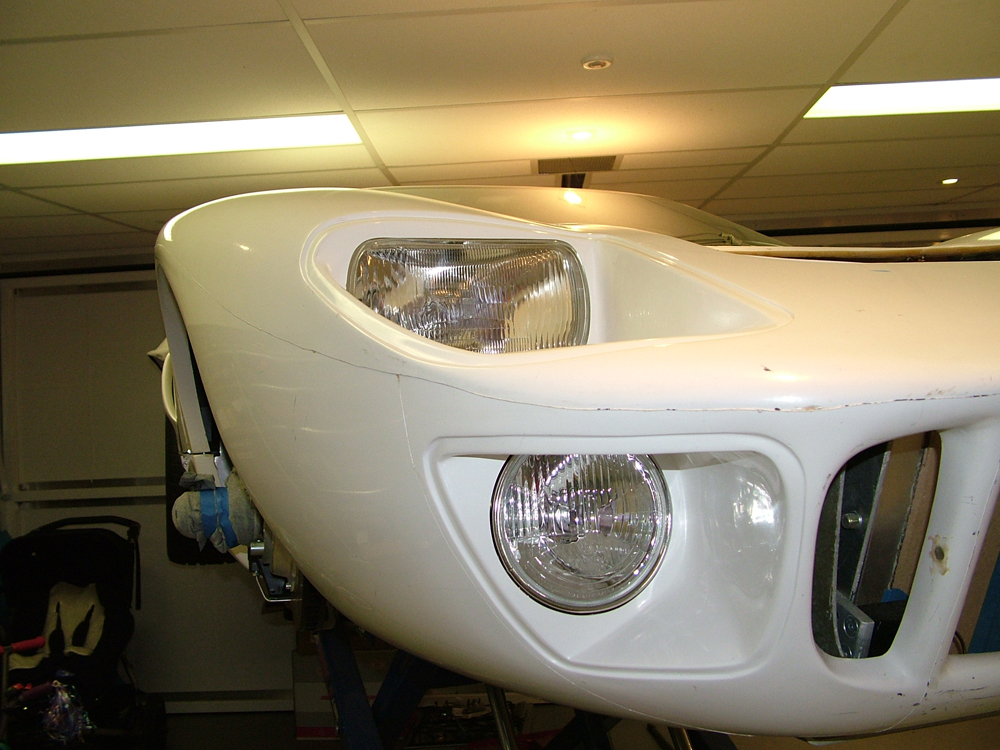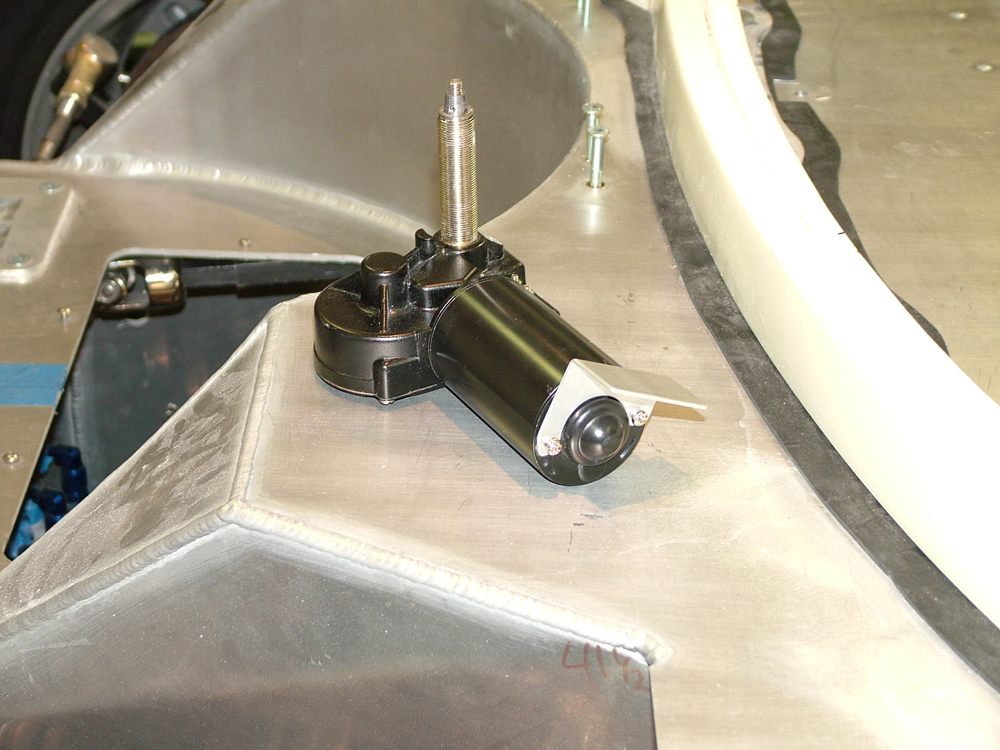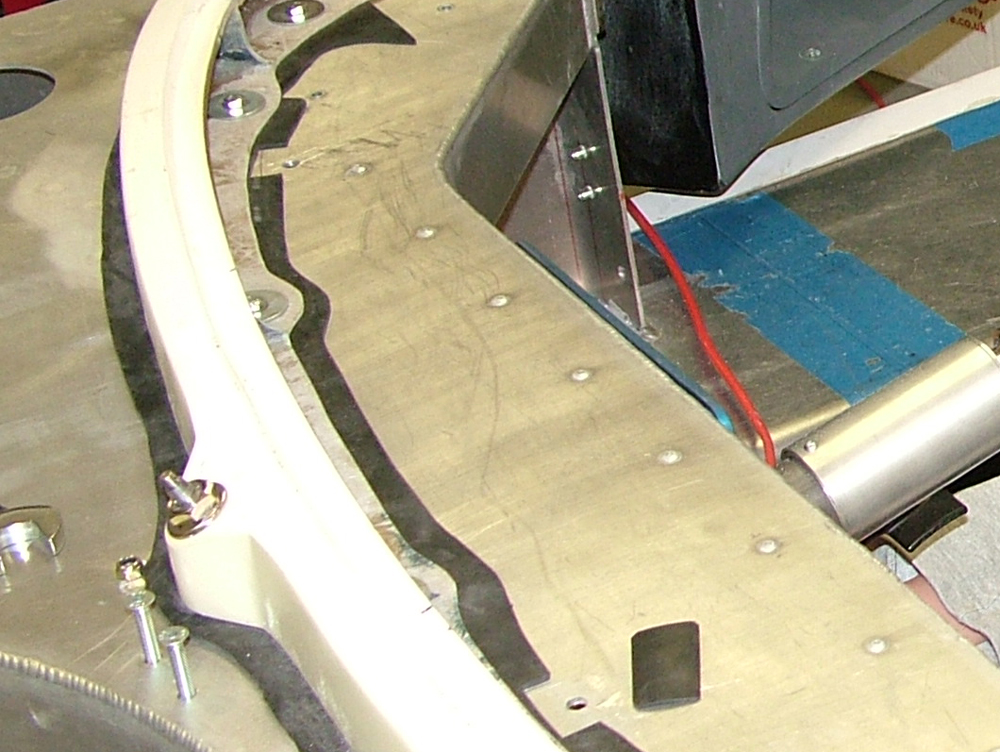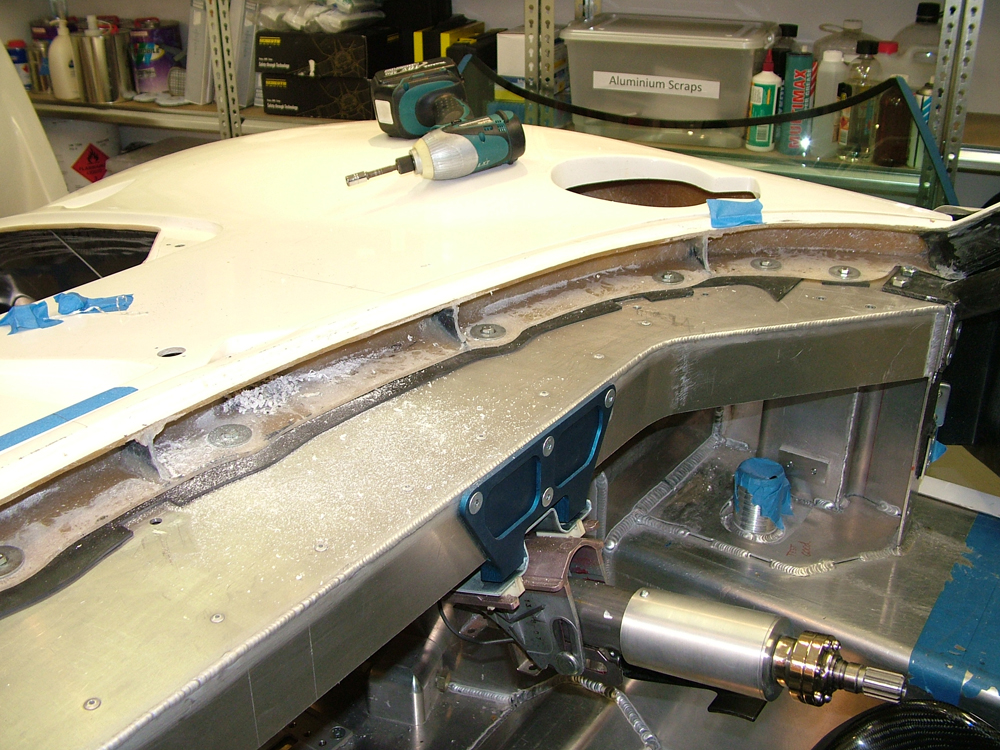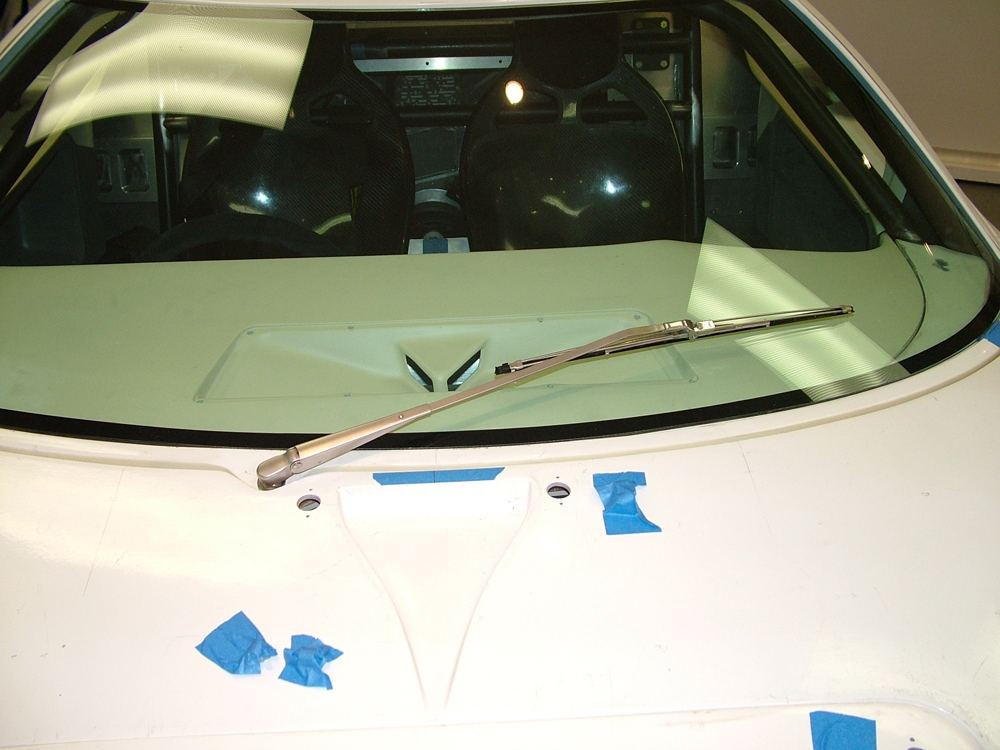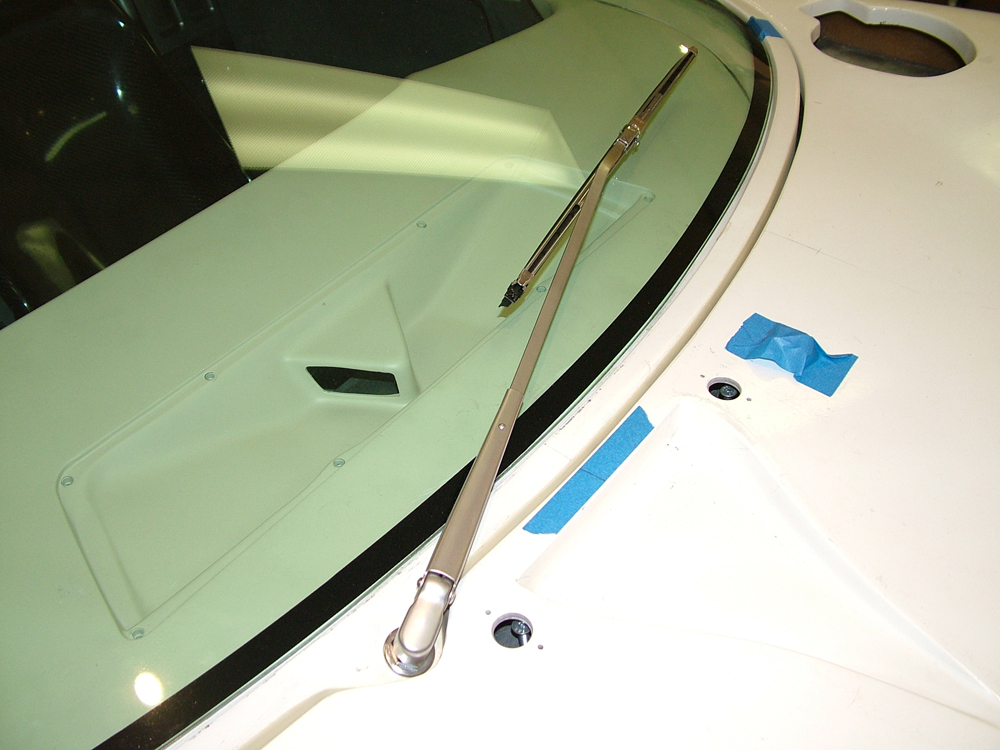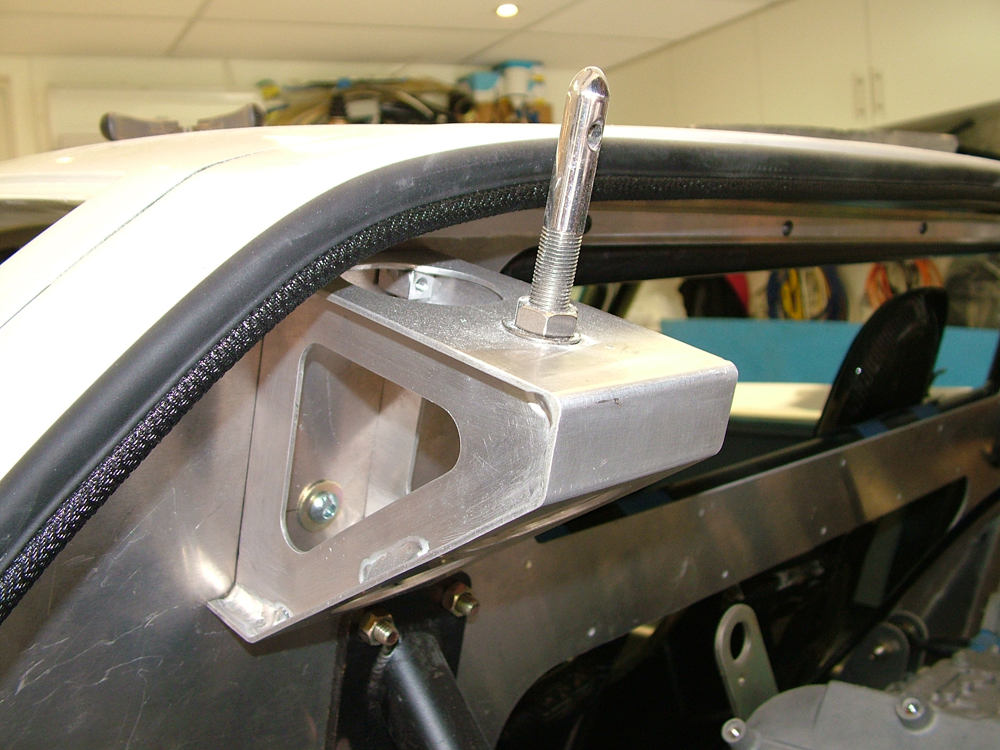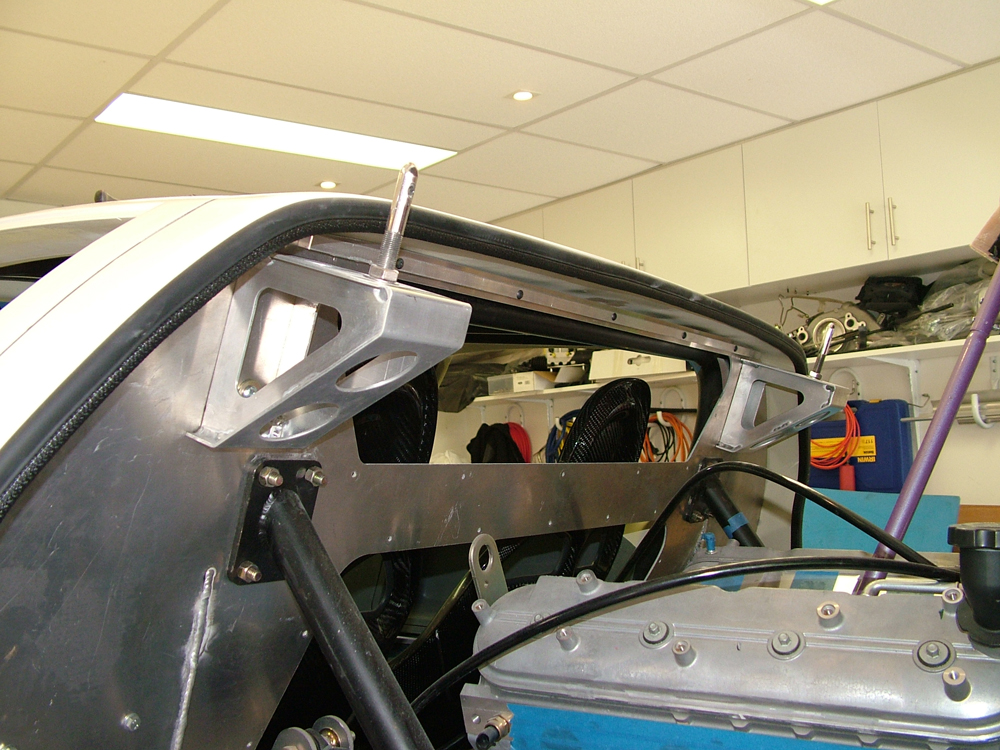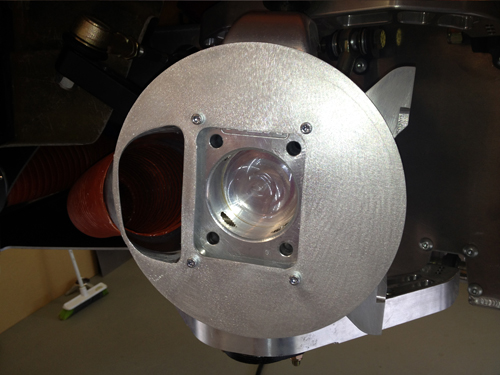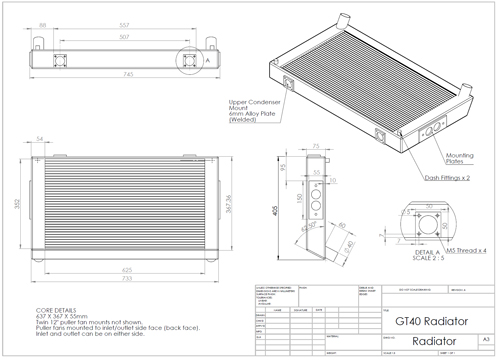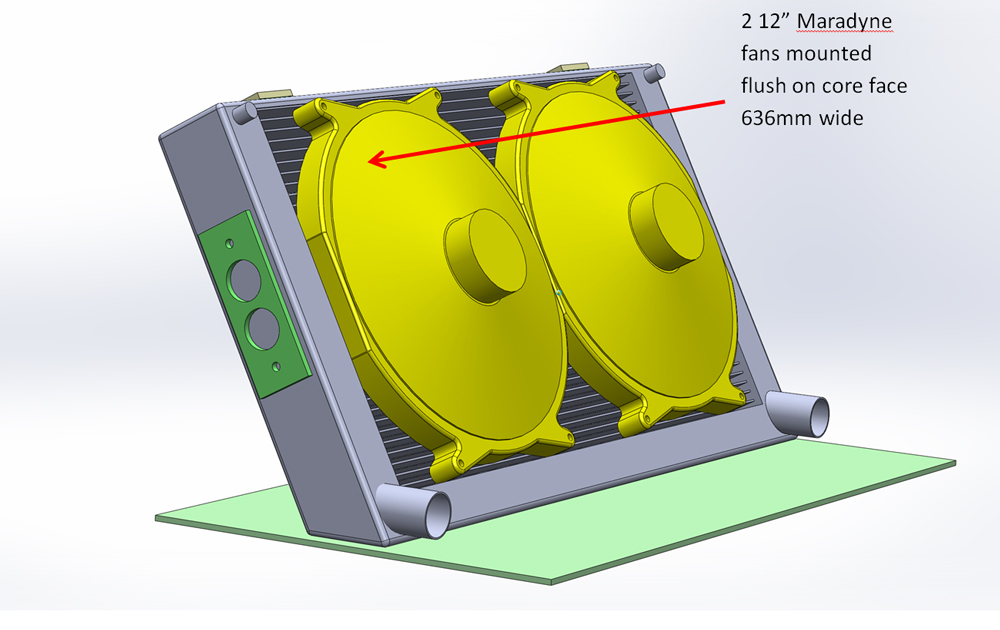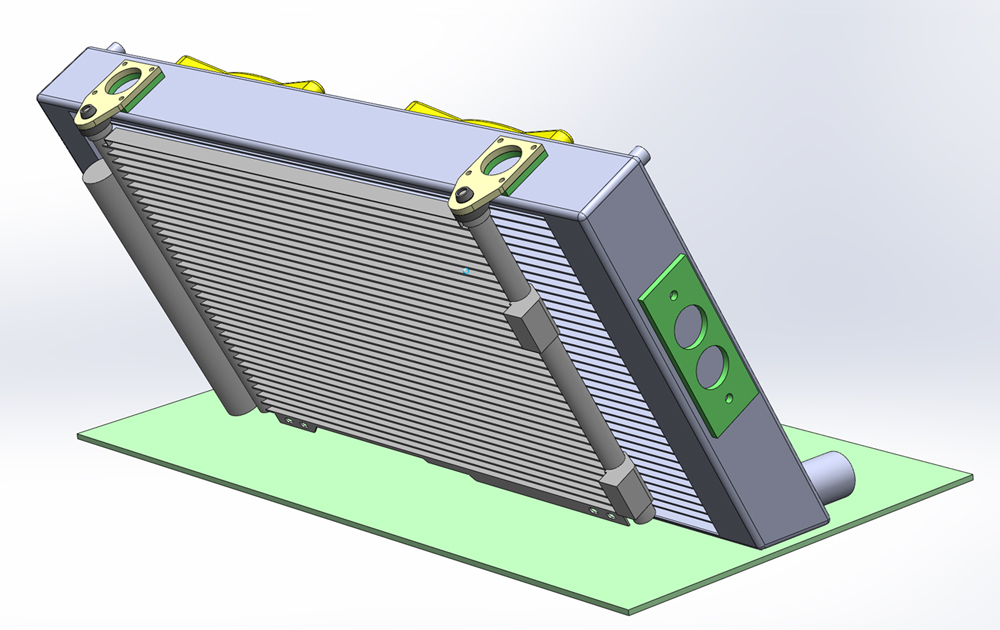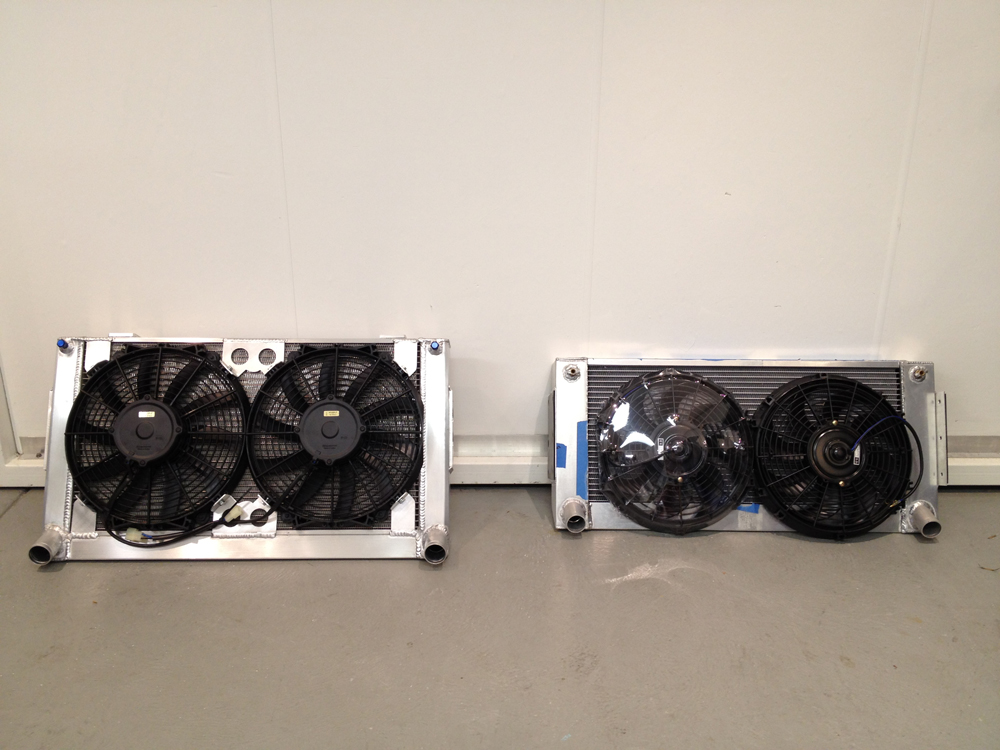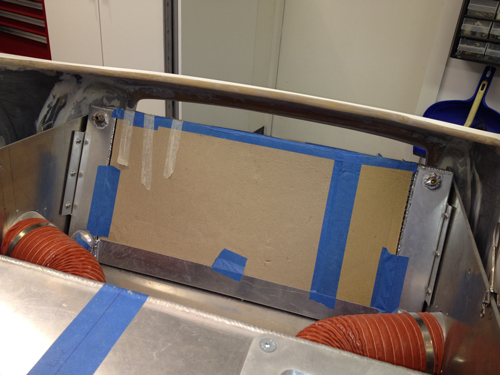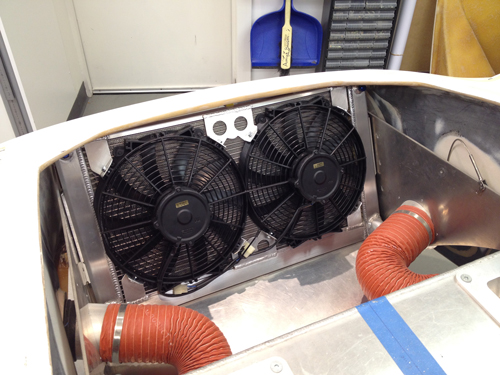Next job was to check the steering column geometry. I spoke to a very helpful engineer that works on OE steering systems and quickly learnt that column geometry and design is a science, what a surprise! Ensuring correct steering feel by controlling shaft angle deviations and shaft relative velocities with correct joint phasing and phase valley centre positioning is critical, holy crap!
Using a proprietary software program all the correct steering angles and phasing was calculated. Angling the rack was the best thing I could do as this provided a good setup where the steering column angle was very close to the rack angle. With almost equal angles my steering was reported to be better than most OE setups so I was very happy with the little joint phasing required.
Now to mount the column.
I designed a bracket to mount the column at the optimum angle. As the column is adjustable I simply ensured I could get full range of motion as I have not yet decided on a seat. The brackets were designed to hold the OE column mounting plate and also strengthen up the RCR dash cross member which can flex before the column is fitted. Tying the front of the dash to the chassis via the OE sheet metal structure has resulted in a VERY rigid mount.
Below: Mounts in place, you can see the small rear ones I also machined up. A cut was made between these to clear the column. The bracing affect of this very rigid OE structure more than accounts for this material removal.
Below: Column fitted. The ignition key will be on the dash or centre console and the ADR requirement for a anti theft lock device will be fitted to the transmission as permitted in the ADR's. I did not want a bulky column in the car as it just looks out of character.
The column fits very close to the top of the foot well. All that is left to do is get the shaft welded by a certified company (need to find one in VIC Australia). You can see the splined alloy OE collapsible section of the column. I also have a second telescoping section near the rack to allow for the rake adjustment of the column and add additional intrusion protection.
The steering angle sensor (black thing near the first joint) and some of the redundant brackets may also be removed later depending on the column dressing fitted. All in all the steering now looks very neat, will be compliant and offers full adjustability. A small clean up around the dash (blue below) was all that was needed.
Adjustability is great. With the rake and reach adjustment available removing the wheel could possibly be be avoided. A final bit of glass work aroung the column cleaned up the dash (layed glass on a Coke can to get the shape!).
This took a lot of time but was important to me to get right. I have seen the fully compliant adjustable RF steering system and was most impressed, so they set a high bar for me to aim for. An OE Ford steering wheel fits perfectly for compliance measures as well. I have purchased a 14" Mota Lita so now I need to try to mount that one day in the far far future!



